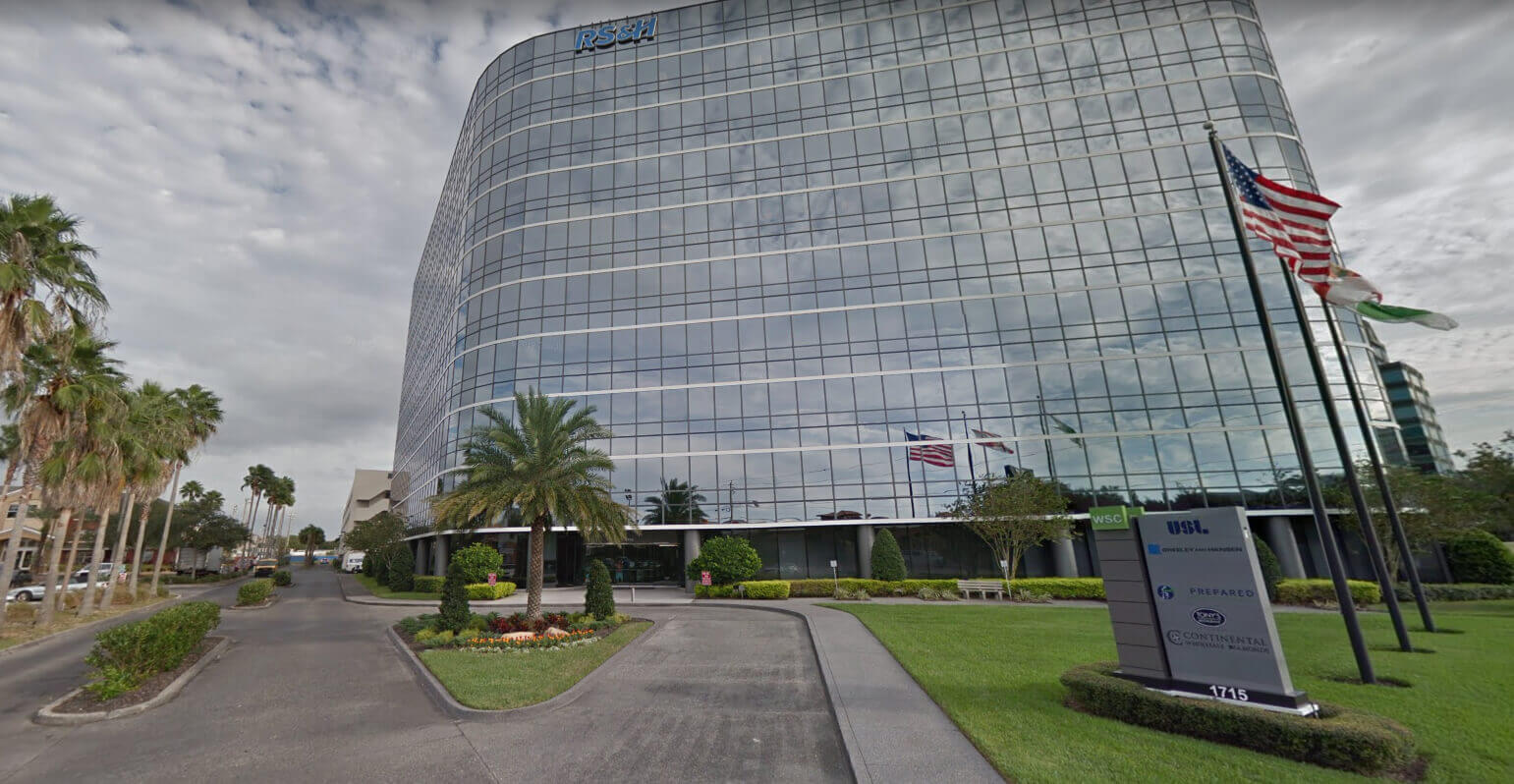AESTHETICS
Tighten loose skin and reverse thinning of aged skin, Improve skin firmness, elasticity, and clarity and more
Peptide Therapy for Aesthetics
It can become increasingly challenging to keep up the appearance of youth as we grow older. On the other hand, the power of peptides has made it easier to keep your skin looking young. Thanks to scientific innovations, in peptide therapy for aesthetics, it’s become easier to implement peptide treatments into your anti-aging routine.
Let’s dive into the miraculous world of peptides and explain which ones are best suited for anti-aging and skincare.
GHK-Cu Copper Peptide
GHK-Cu is a naturally occurring copper complex that was first identified in human plasma. Copper peptides are small, naturally occurring protein fragments that have a high affinity for copper ions, which are critical to normal body function. The human peptide GHK (glycyl-l-histidyl-l-lysine) has multiple biological actions, all of which, according to our current knowledge, appear to be health positive. It stimulates blood vessel and nerve outgrowth, increases collagen, elastin, and glycosaminoglycan synthesis, as well as supports the function of dermal fibroblasts. GHK’s ability to improve tissue repair has been demonstrated for skin, lung connective tissue, boney tissue, liver, and stomach lining. Since its discovery in 1973, GHK-Cu established itself as a powerful protective and regenerative ingredient, which is currently widely used in skin and hair products. First, it seems to act as a potent protector of tissue and anti-inflammatory agent that controls the oxidative damage that occurs post-tissue injury. It then plays a significant role in signaling tissue remodeling which removes damaged/scarred tissue and generates new, healthy tissue. However, these positive effects decline with age because the concentration of GHK-Cu in the body decreases with age. Thus, there is an increase in inflammation, cancerous activity, and tissue destruction.
- Tighten loose skin and reverse thinning of aged skin.
- Repair protective skin barrier proteins.
- Improve skin firmness, elasticity, and clarity.
- Reduce fine lines, depth of wrinkles, and improve the structure of aged skin
- Smooth rough skin.
- Reduce photodamage, mottled hyperpigmentation, skin spots, and lesions.
- Improve overall skin appearance.
- Stimulate wound healing.
- Protect skin cells from UV radiation.
- Reduce inflammation and free radical damage.
- Increase hair growth and thickness, enlarge hair follicle size
Glutathione
Glutathione is an antioxidant produced in cells. It’s comprised mostly of three amino acids: glutamine, glycine, and cysteine. Glutathione injections work by clearing the body of toxins and free radicals. When we are exposed to toxins, glutathione is used up faster than it can be produced. Glutathione levels in the body can be reduced by many factors, including poor nutrition, environmental toxins, and stress. Its levels also decline with age.
- Reduces oxidative stress.
- Brighten skin and help improve skin tone.
- Decrease the body of free radicals and toxins.
- May improve psoriasis.
- Reduces cell damage in alcoholic and nonalcoholic fatty liver disease.
- Improves insulin resistance in older individuals.
- Increases mobility for people with peripheral artery disease.
- Reduces symptoms of Parkinson’s disease.
- May help fight against autoimmune disease.
- May reduce the impact of uncontrolled diabetes.
- May minimize respiratory disease symptoms.
Melanotan II
Melanotan II is a non-selective agonist of the melanocortin receptors which was originally developed as a tanning peptide. Hence the reason the peptide was marketed as the “Barbie” peptide with its binding ability to MCR1. Melanotan II is a synthetic cyclic lactam analog of naturally occurring α-MSH (melanocytestimulating hormone), a trimmed version of Melanotan I with a longer half-life. Melanocortins (MCs) are multifunctional peptide hormones that regulate a diversity of physiological functions. Melanocyte stimulating hormone (MSH) has been shown to control skin coloration/pigmentation in humans. The pigment melanin is produced in melanosomes by melanocytes in a complex process called melanogenesis. Melanin is the principal determinant factor of skin, hair, and eye color. It has a significant role in photoprotection due to its ability to absorb ultraviolet radiation (UVR). Melanocytes interact intrinsically with endocrine, immune, inflammatory, and central nervous systems. Its activity is regulated by extrinsic factors such as ultraviolet radiation and drugs. Melanotan II has the same mechanism as Melanotan I but does cross the blood-brain barrier. There are five melanocortin receptors MC1R – MC5R. These receptors have been identified to show specific tissue expression patterns and binding affinities for each of the melanocortin hormones. The central melanocortin system MC3R & MC4R receptors play a fundamental role in the control of feeding and body weight.
- Supports Melanogenesi
- Tanning.
- Photo-protection from UV rays and increased protection from melanoma.
- essens appetite and improves lipid and glucose regulation.
- Libido enhancement (more of a side effect at a high dose).
- Metabolic Support: Lipolytic, appetite control, anti-inflammatory, lowers oxidative stress.
- Induces enhanced thermogenic and anorexic responses via MC4R binding, and helps improve glucose and cholesterol metabolism.
- Immune – activates Treg cells and improves Th1/Th17 balance.
- Autoimmune conditions
PEPTIDES
Peptides
Peptides are miniature proteins.
Weight Loss
Use the most popular of peptide to reduce body fat mass.
Recovery
Quicker recovery time post-injury, Wound and bone healing, Decrease inflammation, Decrease pain,....
Aesthetics
Tighten loose skin and reverse thinning of aged skin, Improve skin firmness, elasticity, and clarity, Reduce fine lines, depth of wrinkles, and improve the structure of aged skin,......





